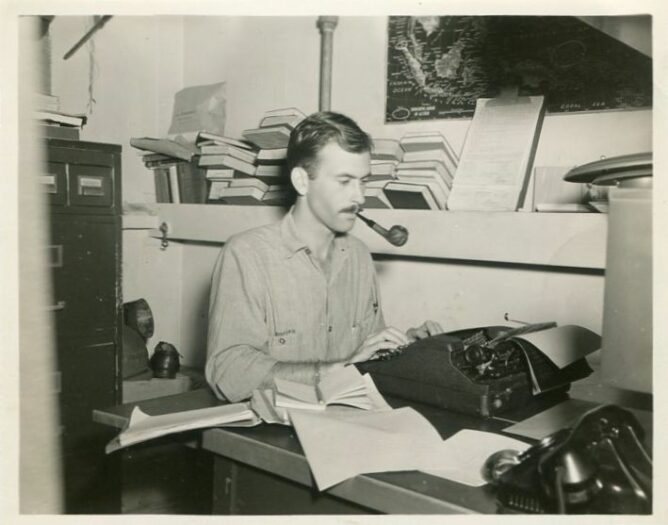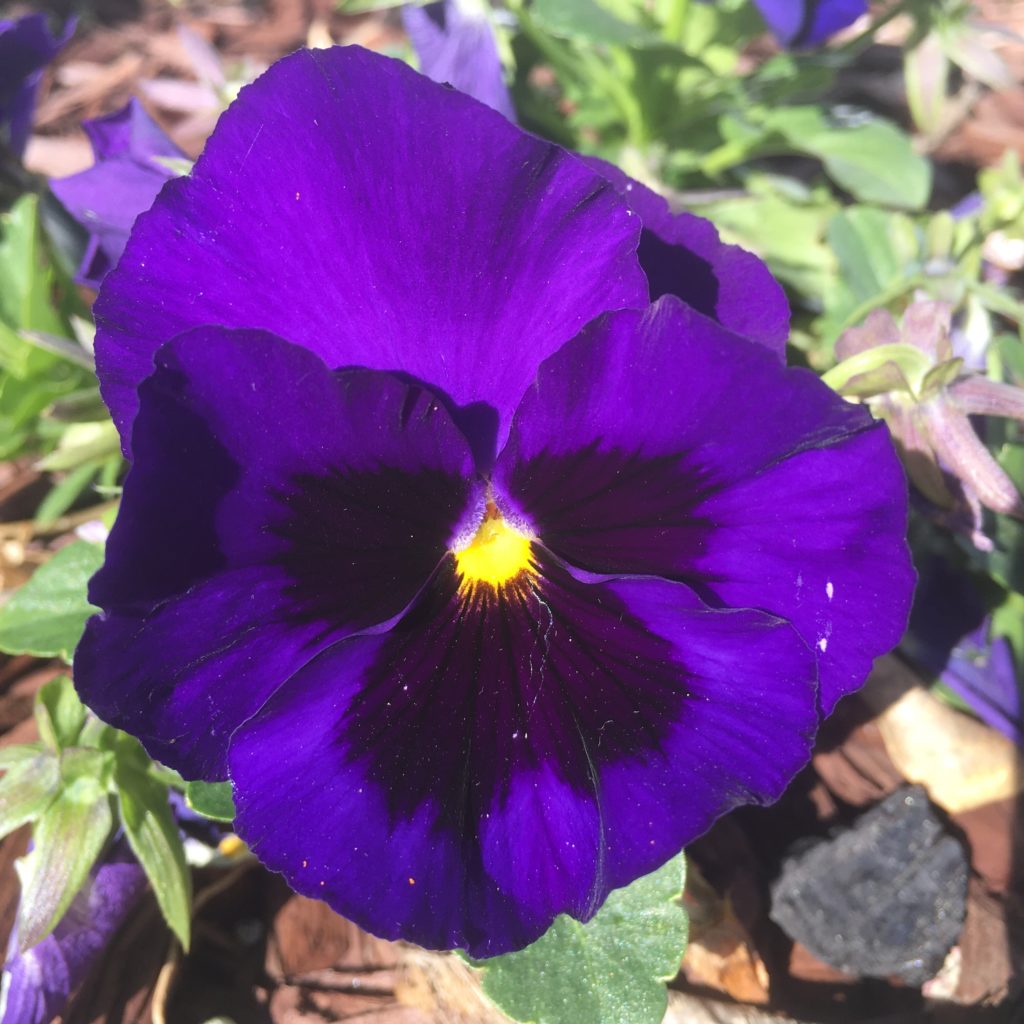(photo credit: NC State Archives on flickr)
I was brought up to believe that the only thing worth doing was to add to the sum of accurate information in this world.
Margaret Mead, quoted in New York Times, 9 Aug. 1964
If you had told me five years ago that my main source of news would be email newsletters, I would have thought you mad. If you had told me I would also be paying to subscribe to these newsletters, I would have walked away laughing. Obviously, e-newsletters have been around for decades, but the meteoric rise in platforms like Substack was not on my bingo card pre-2019. So I thought I would share what’s currently coming into my inbox on the regular in the hopes that you might find them as enjoyable as I do!
What I pay for
Culture Study: This was the first paid subscription I bought. I heard AHP speak at the 2022 CALM conference and immediately realized that she is someone who deeply understands her audience. An author, podcaster, and gardener, she has an incredible critical eye and the ability to make any subject interesting. I love everything she writes.
Content Prompt [referral link]: Written by Meghan Kowalski, an outreach librarian working in DC, this is a daily list of ideas for social media content creation. I heard Meghan speak at last year’s Library Marketing and Communications conference and was so impressed that I signed up for her newsletter while she was still speaking. It’s a simple, but useful format that also includes prompting questions that I’ve occasionally used in my personal journalling as well.
Link in Bio: This was a recommendation by Meghan. Rachel Karten is a social media consultant who writes about current trends. As someone who only uses social media for work, I don’t often encounter trending content outside my industry, so this is a helpful way for me to know what’s up. Subscribers also get access to a Discord that seems to be mostly populated by social media professionals, so I get to feel like an industry insider.
Everything else
Here’s a list of all the other newsletters I read regularly. I’m just at the limit of what I have time to read each week, but I do try to read all of these in full when they arrive.
- Dense Discovery: Weekly news about design and tech. (I love the way this one is curated)
- Sentiers: Round-up of writing on the future of technology.
- Pluralistic: Weekly writing by Cory Doctorow on tech, capitalism, and more.
- The Morning News: Quick list of daily headlines.
- Flow State: Daily music recommendations
- Essential Arts (LA Times): Weekly round-up of what’s happening in LA’s art scene.
- The Marginalian: Weekly philosophical reflections from the best minds.
- Pew Research Center: Every Saturday, a list of Pew’s latest stats.
- Curious About Everything: A monthly round-up of some of the best reading on the web.
- Life is So Beautiful: An optimistic list of five beautiful things, once per week.
- Fave 5: A weekly list of five recommendations from around the web.
- Xkcd: Science humor and stick figures.
- Human Ingenuity: Thoughts on how tech can help us, rather than hurt us.
What I’m reading
Obviously from the above, you can tell I already spend a not insignificant amount of time reading, but this last week in particular I was feeling nostalgic about the early days of the web. Kyle Chayka, writing for the New Yorker, basically described my exact experience of the web from the 1990s through 2010s. If that makes you long for a simpler time (and smaller web), check out the Diagram Website. I’ve lost myself in here for hours. Need a soundtrack while you surf? Open a tab for Infraordinary FM, an AI-generated broadcast of mundane happenings around the globe.
Garden updates

I’m at the end of the winter growing season here in zone 10, so I’m not putting in any seeds yet. Instead, I’ve transplanted in various leafy greens. Once the heat comes back, these won’t last long but it should provide for the occasional salad for the next few weeks.
Links to the past
- 1 year ago: I was knee-deep into a research project on burnout in academia that, rather than resulting in a publication, made me realize I was clinically in burnout mode. So I dropped it.
- 4 years ago: I was turning off all notifications on my phone and finally starting to prioritize sleep.
- 10 years ago: I was making valentines for our students in the library.
Overheard online
“Strong’s Concordance” would be a pretty cool name for a band.
@hotdogsladies on Mastodon

